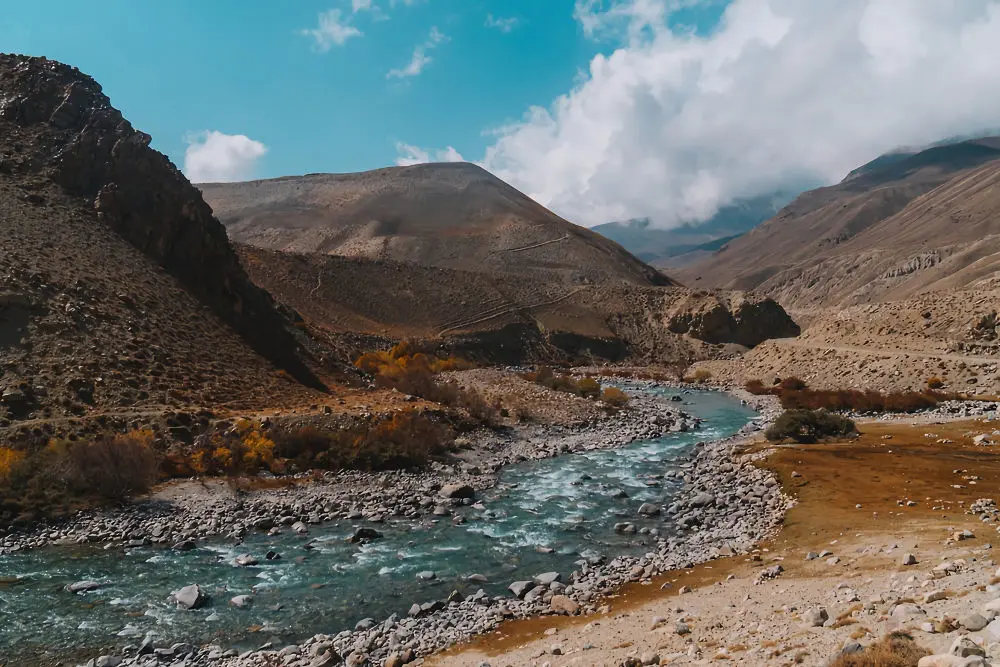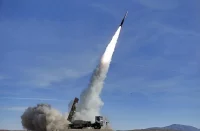The effects of climate change have been widespread in recent years, from increasingly severe floods in India and Pakistan to growing water scarcity in Central Asia. Since 2020, CA countries have entered a period of drought, severe water scarcity and exacerbated environmental/food challenges. According to the UN, average annual temperatures in this region are rising much faster than the global average. This leads to a decline of glaciers, which are the main source of water in the Aral Sea. Their volume has decreased by 30% over the last 50 years. Experts say that the accelerated melting of glaciers, in addition to temperature, is also influenced by the diffusion of salt dust rising from dry parts of the Aral Sea. And the situation has been particularly difficult this summer. Even “upstream” countries with sufficient water resources — Kyrgyzstan and Tajikistan, where the main glaciers are located — face water shortages during the growing and ripening stages of crops, because the cold spring in the mountains lasts for a long time and the amount of precipitation is low.
For example, the water level in Toktogul Reservoir, the largest in Central Asia (providing 40% of Uzbekistan and Kazakhstan’s water source), has dropped significantly, resulting in a 32% drop in grain production in some areas of Kyrgyzstan. As of 1 June 2023, its capacity is 2 billion m3 less than a year ago. Inflow is 50% below normal, while flow is 30% above. The Issyk-Kul mountain lake, famous in Asia, has also become shallow. What is the problem of water scarcity? Local population has increased by about 1.5 times over the past 20 years, but the amount of water resources available has actually decreased significantly. The population of all five CA countries could surpass 100 million by the year 2050, according to estimates. All of this has to have an impact on the regional economies, which includes business, agriculture, fish farming, and is even starting to affect urban residents.
 Since the middle of May, water has been supplied to Bishkek, the nation’s capital, on schedule. Due to a lack of water, private bathhouses, pools, and car washes were all closed. Both Astana and Almaty, the capital of Kazakhstan, experienced similar issues. Due to the shortages, cities imposed water shut-off schedules and decreased water pressure. The capital of Uzbekistan, Tashkent, is getting water to some neighborhoods on schedule as well. Many wells have run dry.
Since the middle of May, water has been supplied to Bishkek, the nation’s capital, on schedule. Due to a lack of water, private bathhouses, pools, and car washes were all closed. Both Astana and Almaty, the capital of Kazakhstan, experienced similar issues. Due to the shortages, cities imposed water shut-off schedules and decreased water pressure. The capital of Uzbekistan, Tashkent, is getting water to some neighborhoods on schedule as well. Many wells have run dry.
For instance, the World Bank estimates that the current water deficit in Uzbekistan is 3 billion m3 and will rise to 7 billion m3 by 2030. In Uzbekistan, there are 4.2 million ha of irrigated land, and agriculture uses more than 90% of the country’s water supplies.
The most severe water crisis in the history of CA is now being experienced, which has led to protests and demonstrations from the general public. Given that people’s survival depends on water, this situation runs the risk of degenerating into conflicts over the distribution of resources. It is possible that interstate conflicts will develop. Environmental experts predict that, among other things, the availability and quality of water in major cities will be severely constrained. The epidemiological situation and the rise in morbidity may be impacted thereby. Reduced crop yields and livestock deaths lead to food shortages and social instability.
In addition to climatic changes, predatory human activity in the area’s water use, a lack of water conservation culture brought on by population growth, antiquated water disposal methods, and inconsistent use of transboundary river water between countries with abundant water supplies “upstream” and those with a shortage “downstream” are all contributing factors to the scarcity. Farming in Central Asia uses three times more water for each unit of production compared to developed countries, as indicated by the UN Food and Agriculture Organization (FAO). According to an analysis of recent years, published in “Nature” (leading international journal), water consumption per person in the Syr-Darya river basin has averaged 1,744 m3 of water, while it has averaged 2087 m3 in the Amu-Darya river basin. This amount is estimated to be 1,878 m3 in Germany, where there are no water shortages, and 1,128 m3 in Denmark.
According to experts from China’s Ministry of Natural Resources, CA is Asia’s most problematic region for water wastage because it allows for such behavior.
They believe: 380 million people could be fed and 56% more water could be saved if resources were used carefully in the region. It lose 20–25 billion m3 of irrigation water annually due to outdated systems, antiquated earthen canals, filtration, and evaporation.
to be continued














Comments